Expansion of Retail Channels
The manuka honey market is expanding its retail channels, facilitating greater accessibility for consumers.. Traditional brick-and-mortar stores, as well as online platforms, are increasingly stocking manuka honey products, catering to the diverse preferences of shoppers. In 2025, e-commerce sales in the food and beverage sector are projected to account for over 20% of total sales in the US, highlighting the importance of online retail in reaching consumers. This expansion is likely to enhance the visibility of manuka honey, making it easier for consumers to purchase and incorporate it into their diets. Additionally, partnerships between manuka honey producers and major retailers are becoming more common, further solidifying the market's presence. As retail channels continue to diversify, the manuka honey market is expected to benefit from increased consumer access and awareness.
Influence of Wellness Trends
The broader wellness trends are positively influencing the manuka honey market.. As individuals increasingly prioritize holistic health and well-being, products like manuka honey are gaining traction for their perceived health benefits. The wellness industry in the US is estimated to be worth over $4 trillion in 2025, indicating a substantial market for health-oriented products. Manuka honey, often associated with immune support and digestive health, aligns well with these wellness trends, appealing to consumers seeking natural solutions. Furthermore, the rise of wellness-focused brands and marketing strategies is likely to enhance the visibility of manuka honey, encouraging more consumers to explore its benefits. As the wellness movement continues to grow, the manuka honey market is expected to thrive, capitalizing on this shift in consumer priorities.
Rising Interest in Functional Foods
The manuka honey market is benefiting from the rising interest in functional foods, which are foods that offer health benefits beyond basic nutrition. Consumers are increasingly seeking products that can enhance their well-being, and manuka honey fits this criterion due to its unique properties. The functional food market in the US is projected to grow at a CAGR of 8% from 2025 to 2030, indicating a robust appetite for products that promote health. Manuka honey, with its high levels of methylglyoxal (MGO), is often marketed as a superfood, appealing to health-conscious consumers. This trend is likely to drive sales in the manuka honey market, as more individuals recognize the potential health benefits associated with its consumption. As the demand for functional foods continues to rise, the manuka honey market is expected to thrive, capitalizing on this growing consumer interest.
Increasing Demand for Natural Remedies
The manuka honey market is experiencing a notable surge in demand as consumers increasingly gravitate towards natural remedies. This trend is driven by a growing awareness of the health benefits associated with manuka honey, which is often touted for its antibacterial and anti-inflammatory properties. In the US, the market for natural health products has expanded significantly, with sales reaching approximately $50 billion in 2025. This shift towards natural alternatives is likely to bolster the manuka honey market, as consumers seek products that align with their health-conscious lifestyles. Furthermore, the rise of social media and wellness influencers has amplified the visibility of manuka honey, encouraging more individuals to incorporate it into their daily routines. As a result, the manuka honey market is poised for continued growth, driven by this increasing demand for natural health solutions.
Growing Awareness of Antimicrobial Properties
The manuka honey market is growing due to increasing awareness of its antimicrobial properties.. Research indicates that manuka honey possesses unique antibacterial qualities, making it a sought-after ingredient in both food and healthcare products. In the US, the demand for natural antimicrobial agents is on the rise, with consumers looking for alternatives to synthetic options. This trend is reflected in the healthcare sector, where manuka honey is being incorporated into wound care products and dietary supplements. The market for wound care products is projected to reach $20 billion by 2026, suggesting a significant opportunity for manuka honey to penetrate this segment. As consumers become more informed about the health benefits of manuka honey, its market presence is likely to expand, driven by the growing interest in natural antimicrobial solutions.


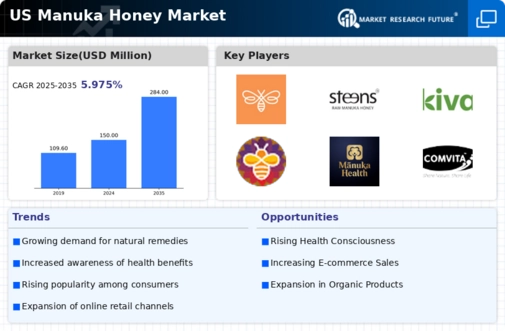
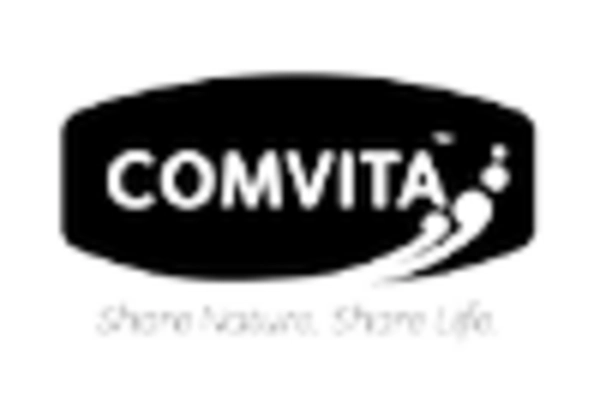
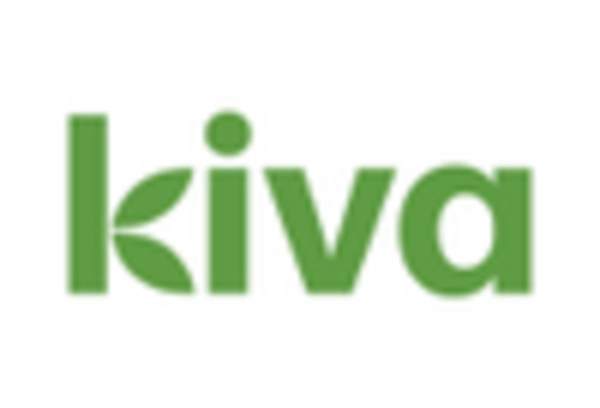
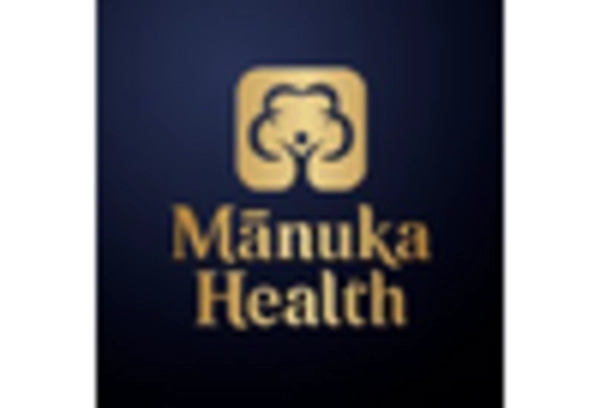
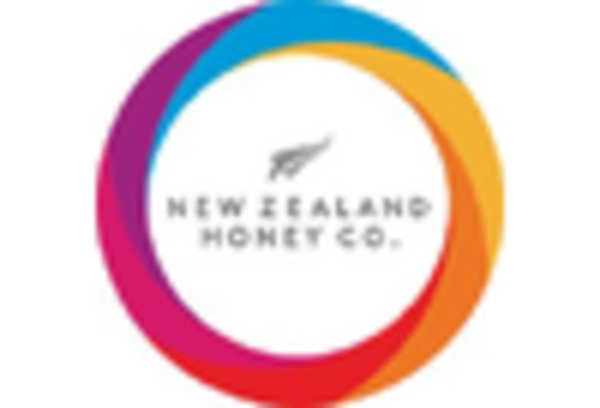
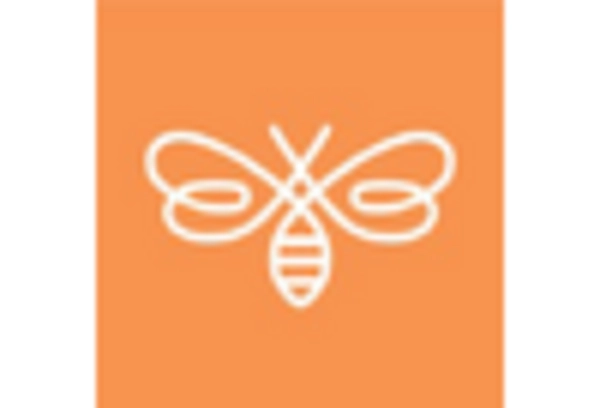
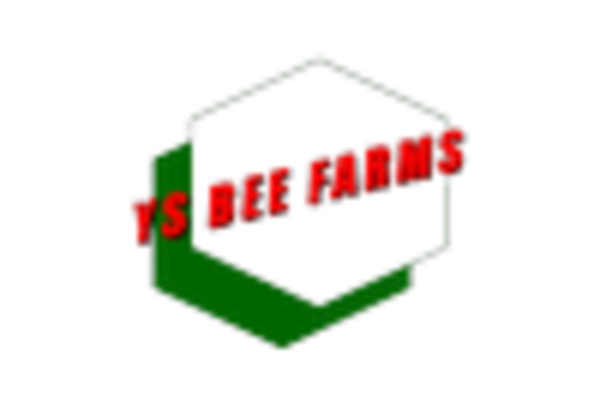








Leave a Comment